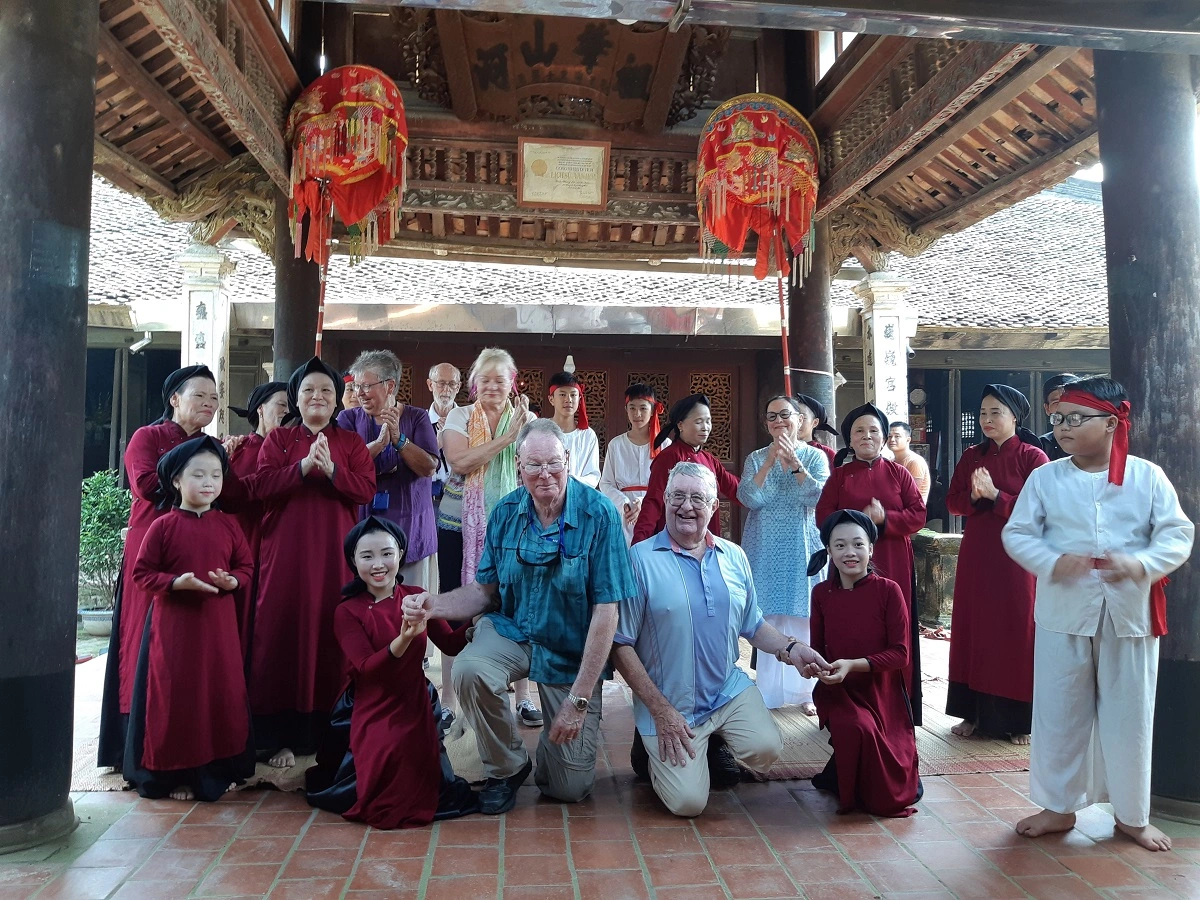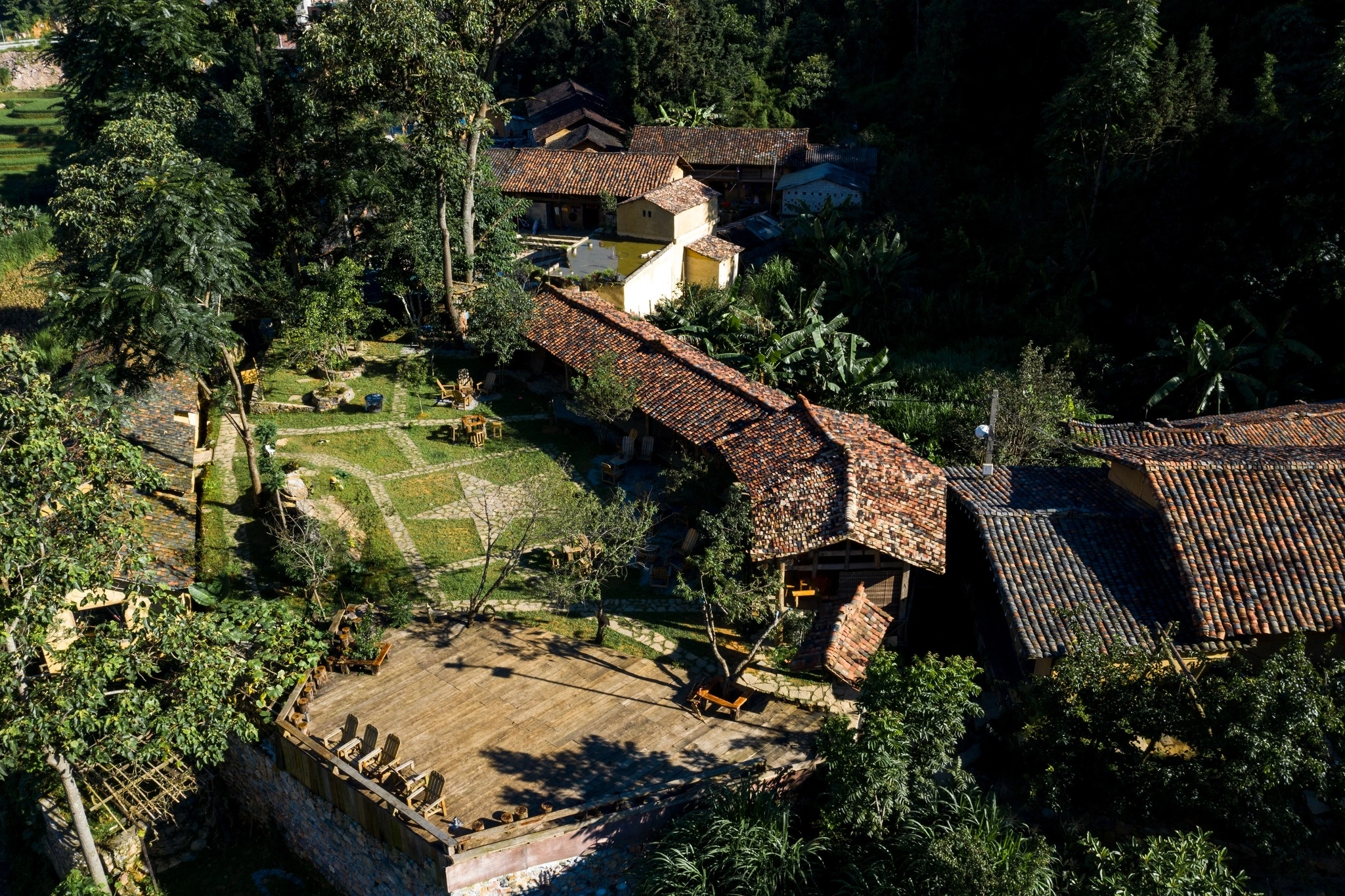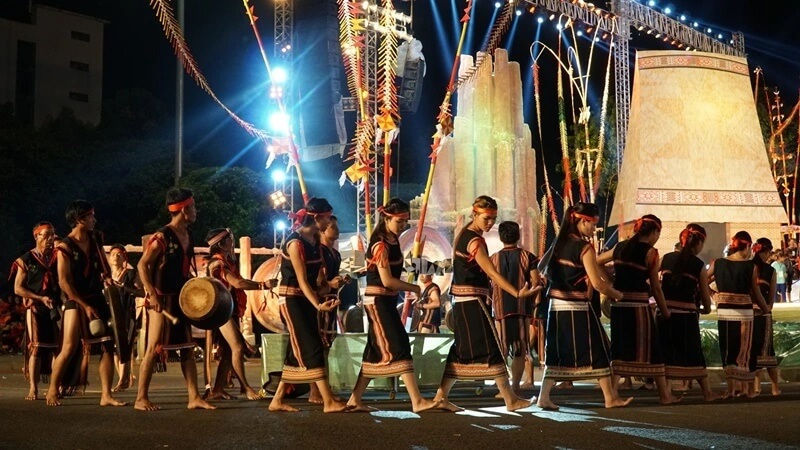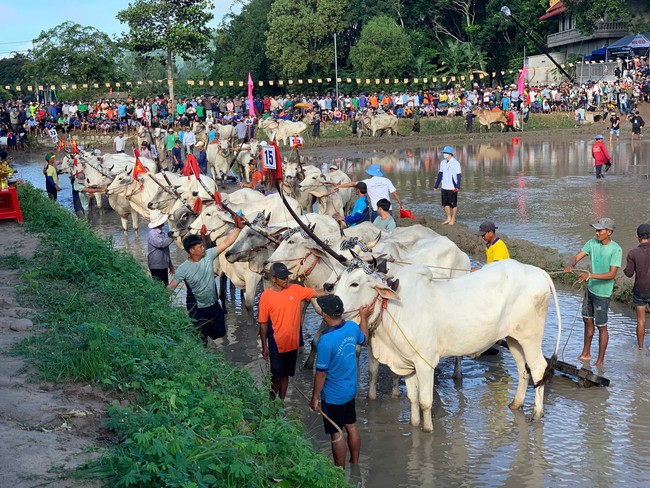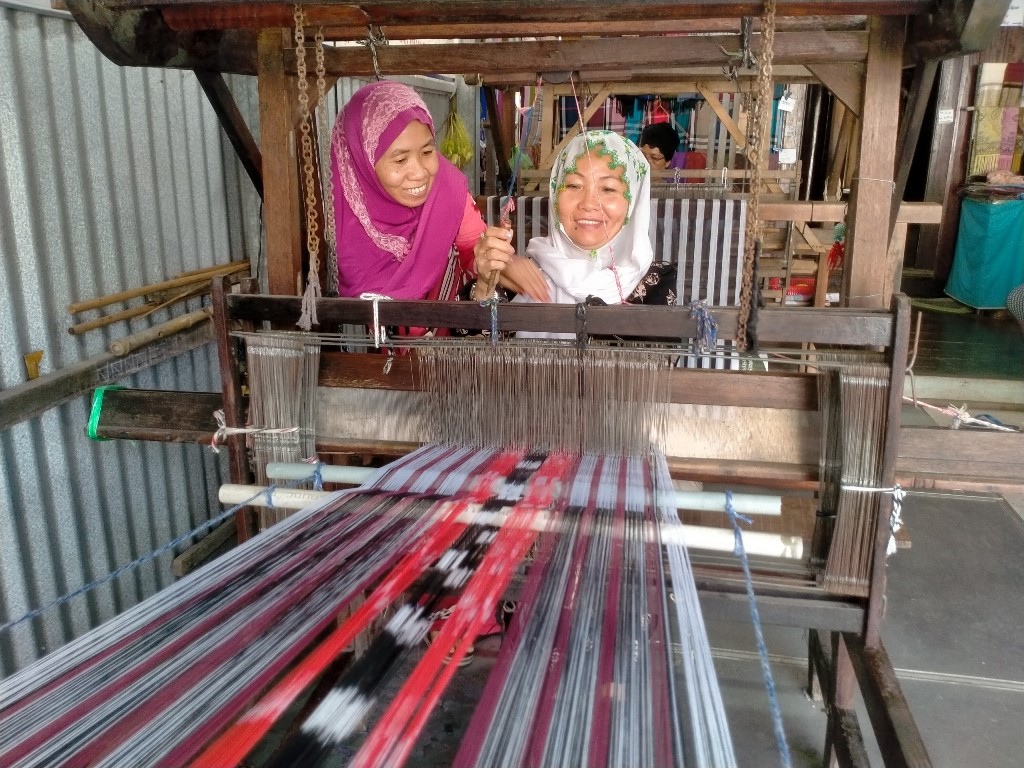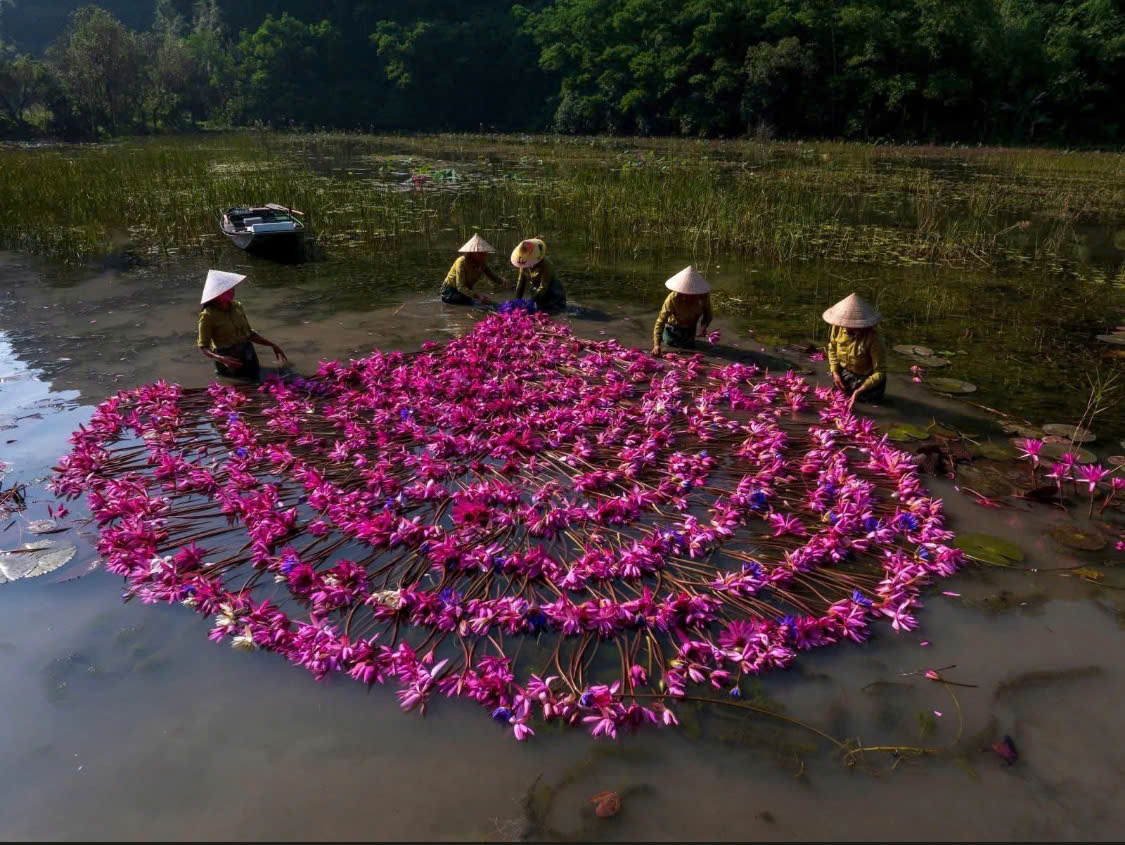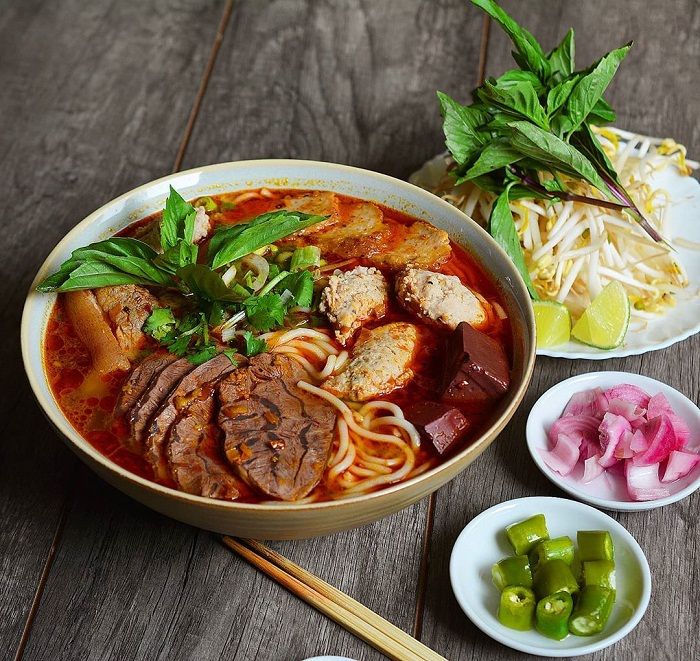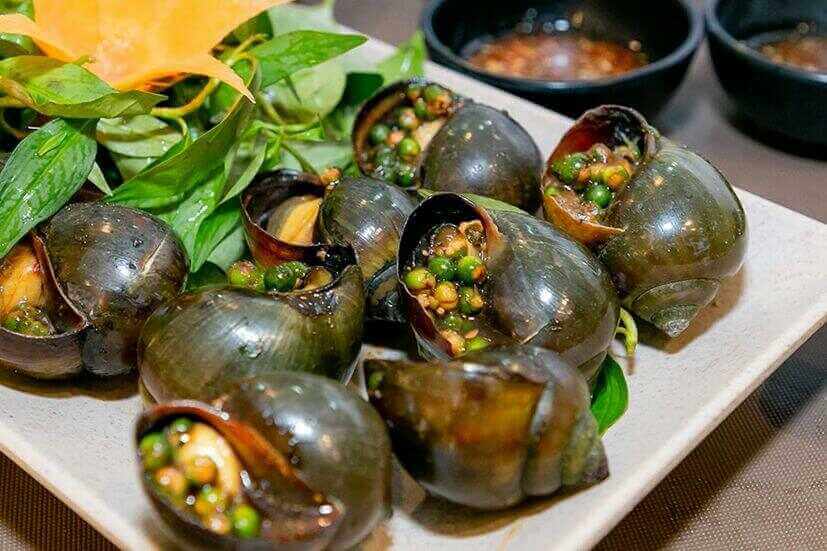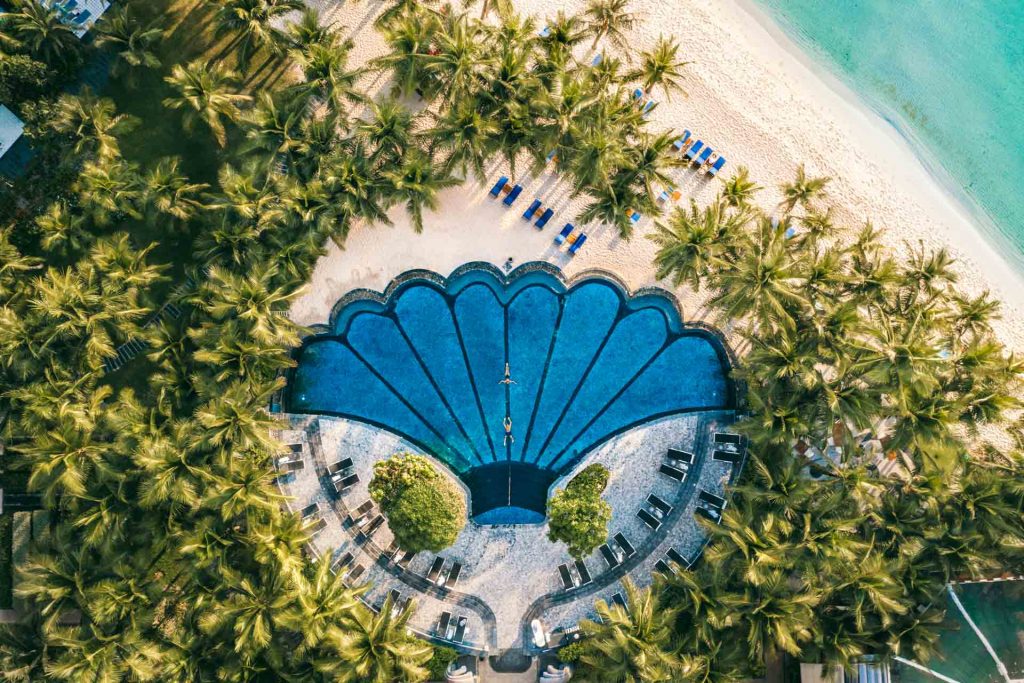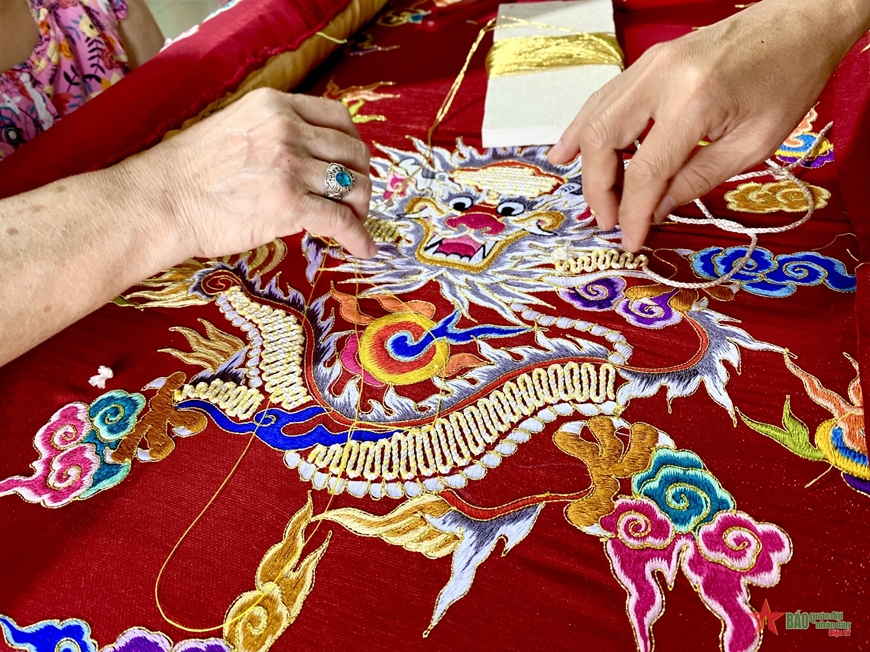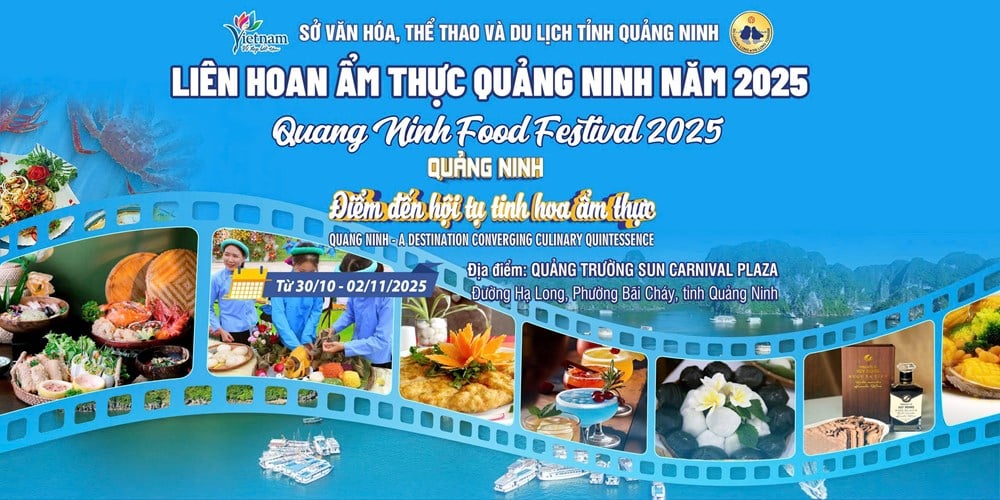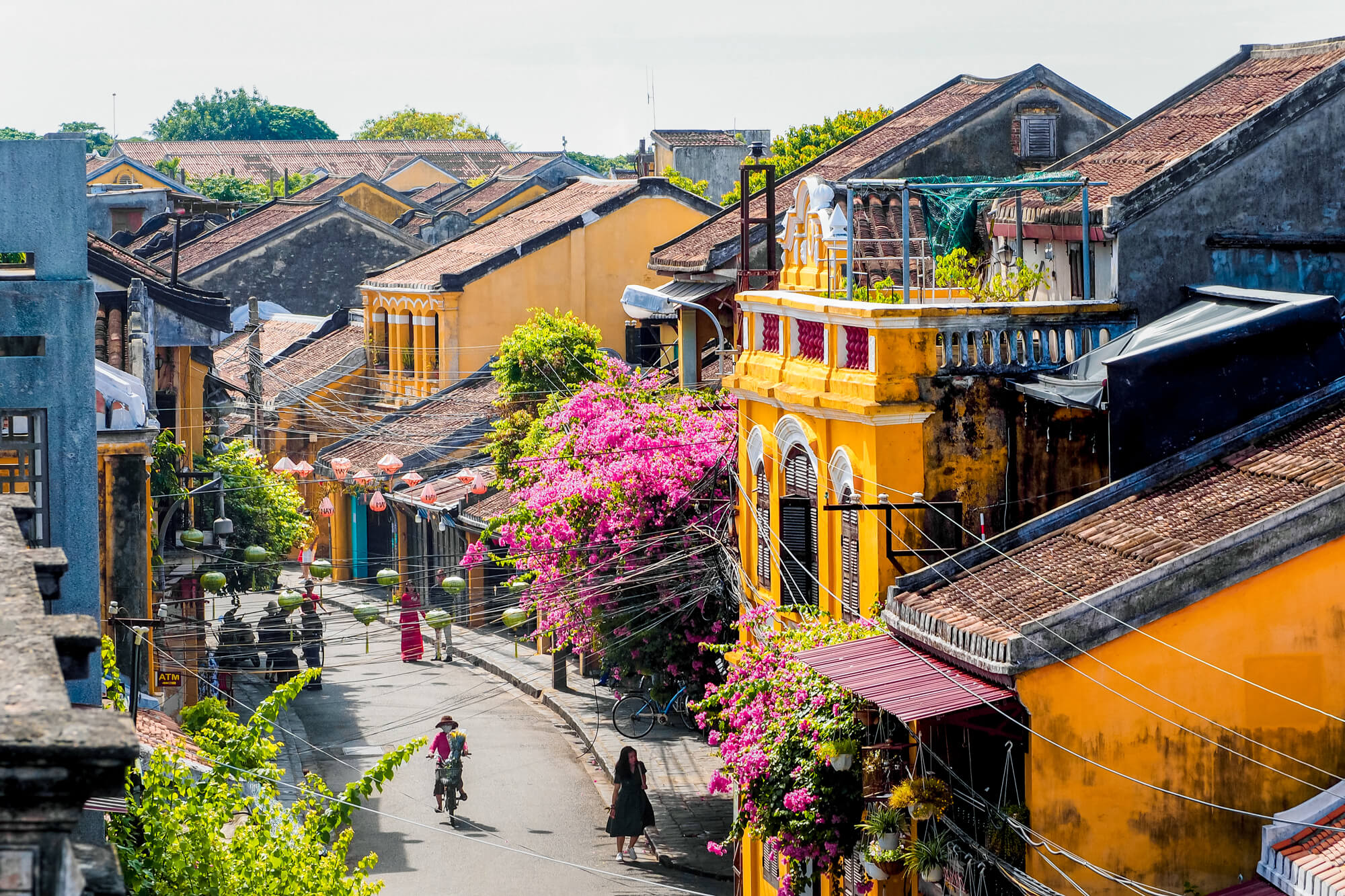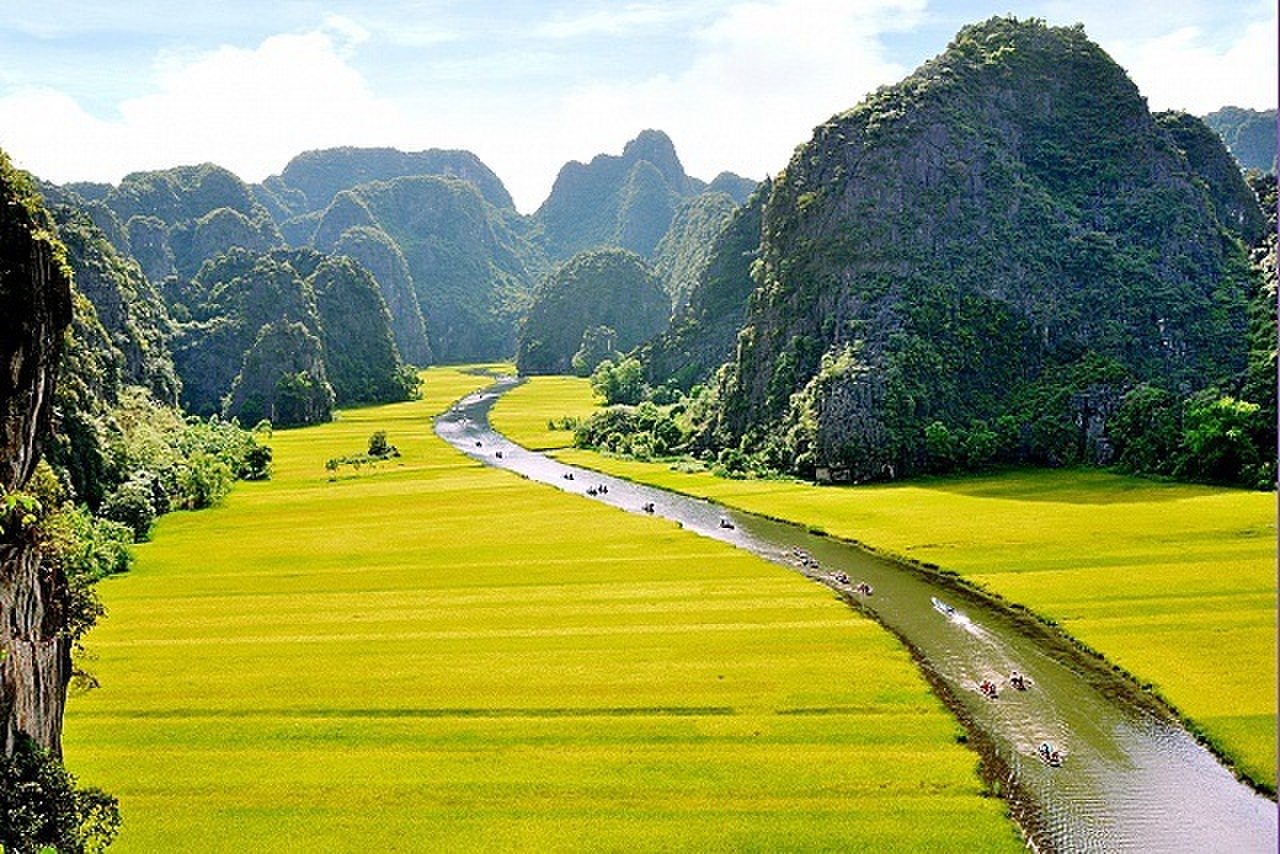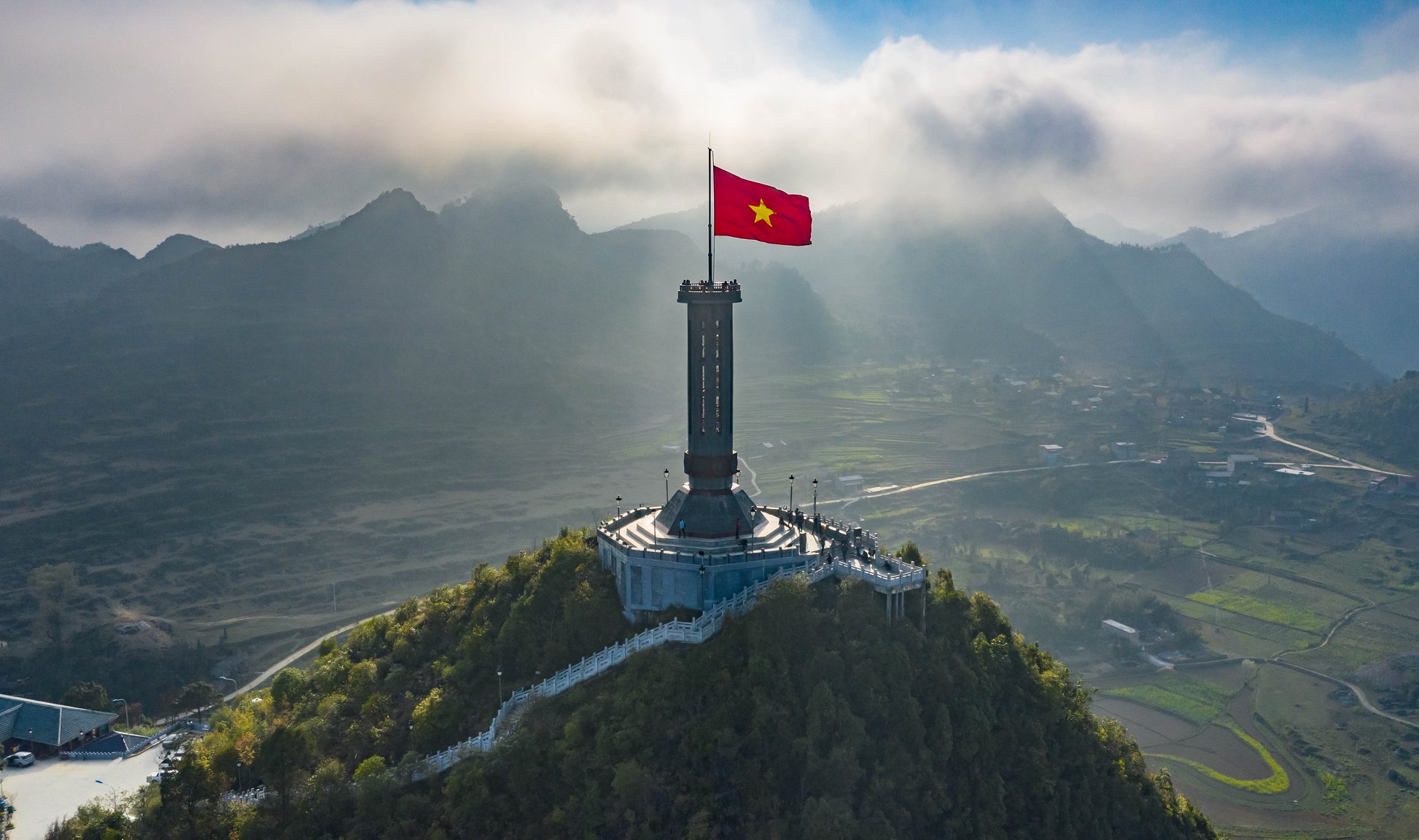Ba Be National Park: Immersing in the Pristine Nature of Northern Vietnam
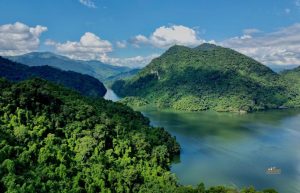
Lying at an altitude of more than 300 metres above sea level, the Ba Be National Park in the northeastern province of Bac Kan is considered a “green lung” in the vast Viet Bac forest and a complex of “river-lake-mountain”.
Spread across approximately 100 square kilometers, this pristine reserve encompasses a diverse landscape of lush forests, towering limestone mountains, and crystal-clear lakes. At the park’s center lies Ba Be Lake, the largest natural freshwater lake in Vietnam, renowned for its serene beauty and rich biodiversity.
Ba Be National Park is a haven for outdoor enthusiasts, offering a myriad of activities such as trekking through dense forests, boating along tranquil waters, and encountering indigenous wildlife species including langurs, bears, and various bird species. Visitors can also immerse themselves in the local culture by interacting with ethnic minority communities residing in traditional stilt houses dotting the park’s periphery.
Recognized as a UNESCO-recognized Ramsar site and a national treasure of Vietnam, Ba Be National Park beckons travellers seeking adventure, tranquillity, and an authentic connection with nature.
Discovering Ba Be National Park: Location, Access, and Ideal Time to Visit
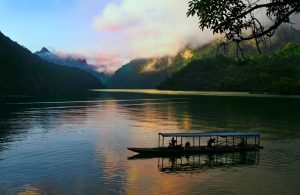
Location of Ba Be National Park: Where is it?
Ba Be National Park is located in Bac Kan Province, northeastern Vietnam. Specifically, it is situated in Ba Be District, approximately 250 kilometres north of Hanoi, the capital city of Vietnam.
Spanning more than 100 kilometres square,, Ba Be National Park showcases captivating waterfalls, winding rivers, lush valleys, serene lakes, and enigmatic caves amidst towering peaks. It is also home to diverse ethnic communities. Ba Be Lake, the park’s centrepiece, comprises three interconnected lakes linked by expansive channels, perfect for leisurely boat trips downstream. Recognized as an ASEAN natural heritage site in 2004, the park has since seen the implementation of various initiatives to boost tourism.
How to get to Ba Be National Park?
Situated 250 kilometres north of Hanoi in Bac Kan Province, Ba Be National Park offers a scenic retreat worth the approximately 6-hour drive. Travellers have several options for reaching Ba Be: they can opt for a local bus or motorcycle ride, or for those seeking privacy and convenience, booking a private car through travel agencies to ensure an ideal journey from Hanoi to Ba Be National Park.
When is the ideal time to visit Ba Be National Park?
The best time to visit Ba Be National Park is during the dry season, which typically spans from November to April, or in spring or winter. During these months, the weather is generally mild with lower humidity, making outdoor activities such as trekking and boating more enjoyable. Additionally, the clearer skies offer better visibility for appreciating the park’s stunning landscapes and diverse wildlife. However, it’s worth noting that Ba Be National Park can be visited year-round, each season offering its own unique charm and experiences.
What to do in Ba Be National Park
Lake kayaking
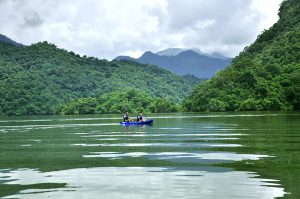
Explore the stunning beauty of Ba Be Lake with a small boat, the ideal vessel for navigating close to the karst mountains and slipping into the intimate caves. This eco-friendly mode of travel allows you to set your own pace while immersing yourself in nature.
For those seeking a deeper connection with the area, kayaking on one of the three lakes offers an adventurous experience. Alternatively, guided motorboat tours provide a more relaxed option. Paddling through the islets unveils hidden caves and allows visits to fishing villages. Kayaking also allows you to venture closer to limestone karsts and explore secret corners of Ba Be Lake and the Nang River. Furthermore, kayaks can access caves that are inaccessible to larger boats, providing an eco-friendly means of travel without contributing to air or noise pollution.
Trekking and Hiking
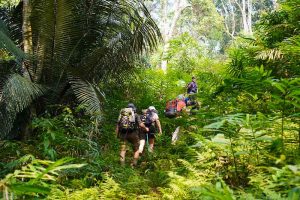
Ba Be is renowned among both native Vietnamese and tourists as one of the premier trekking destinations in the country. Dominating the district is the majestic Pia Booc mountain range, reaching an impressive height of 1527 meters. The landscape offers a remarkable variety, from lush vegetation to picturesque rice fields adorning the mountainsides. Trekking provides an excellent opportunity to interact with locals and exchange experiences over a refreshing drink or lunch break. Opting for a tour guide enhances the experience, as they possess intimate knowledge of the park’s trails and can lead you to the most scenic spots while regaling you with tales of the park, its diverse ethnic communities, and its wildlife.
Cave Expedition
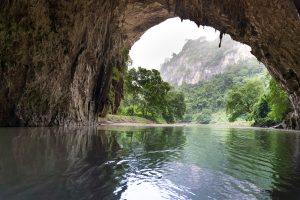
An essential part of the visiting Ba Be National Park experience is to explore the magnificent cave, offering visitors a glimpse into the park’s hidden wonders. Beneath the surface lies a captivating cave system adorned with stunning rock formations. While Puong Cave is renowned for its 300-meter-long tunnel, none is as enigmatic as Hua Ma Cave, which was shrouded in myth for many years. Stretching over 800 meters, Hua Ma Cave features a pathway leading into a vast chamber adorned with intricate stalactites and stalagmites. Legend has it that long ago, haunting cries echoed from the cave, believed to be the spirits of innocent victims of war. To appease these souls, the King sacrificed his horses and erected a pagoda, bringing peace to the area.
Exploring the caves requires the guidance of an experienced guide and appropriate equipment, including sturdy footwear and lighting, unless provided by the tour operator.
Dau Dang Waterfall
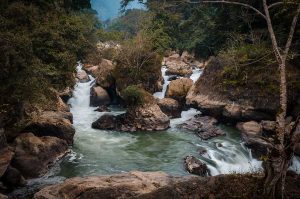
Visiting Dau Dang Waterfall in Ba Be National Park is an unforgettable experience that immerses visitors in the park’s natural beauty. Situated in the Nang River and enters the Tuyen Quang Province, this majestic waterfall cascades down rocky cliffs, creating a mesmerizing spectacle. The fall flows for 2 kilometres where varios sized stones block the Nang River and fall into the gorge between two lakes. The thundering roar of the water as it plunges into the river below adds to the awe-inspiring atmosphere. Adventure-seekers can take exhilarating boat rides to get up close to the waterfall, feeling mist spray on their faces. Surrounded by pristine wilderness, Dau Dang Waterfall offers a serene retreat and an opportunity to reconnect with nature in the heart of Vietnam.
Cuisine In Bac Kan
Banh Gio
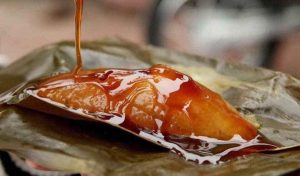
Banh Gio (also called anh tro) is a distinctive type of cake of the Tay Ethnic people in Bac Kan. It is named so because one of the indispensable ingredients for making this cake is gio.
Gio used to make the cake is often burned from the trunk of sim trees, kumquat trees, or banana peels…, then filtered to obtain brownish-yellow ash water. The collected ash must be smooth and clean, then mixed with lime water at the appropriate concentration. This step requires meticulousness and caution to ensure that the ash water is not too strong, which would make the cake taste bitter or too weak, which would make the cake lose its flavor.
The rice used to wrap the cake must also be a type of sticky rice that is fragrant and elastic. The cake wrapping leaves must be dry banana leaves to give the cake a bright yellow color and make it easy to peel, with a distinctive aroma when eaten.
On a hot summer afternoon, as the sun casts a golden hue over Ba Be countryside, take a bite of “banh gio” with cane molasses. Feel the fresh taste of this specialty cake, its unique blend of flavors and textures, and let it transport you to the heart of this vibrant region.
Bac Kan Tangerine
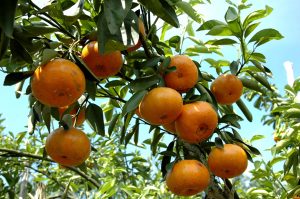
Bắc Kạn has a delicious and fragrant tangerine product with valuable genetic sources, which has long been favoured by consumers near and far. Tangerine trees, originally fruit-bearing trees, have been cultivated by people in Bac Kan province for many years. In recent years, Bac Kan tangerine products have been increasingly favoured not only by local residents but also by those in neighbouring areas, becoming a distinctive agricultural product that helps people reduce poverty and achieve sustainable prosperity.
Tangerines are particularly grown in Quang Thuan and Duong Phong communes (Bach Thong Suburban District), as well as Ra Ban commune (Cho Don Suburban District), with an annual yield of thousands of tons.
The harvest season lasts from lunar September until the end of lunar December. People also say that this type of fruit “cannot be eaten carelessly” because its fragrant aroma spreads far and lasts long.
Bac Kan Arrowroot Vermicelli
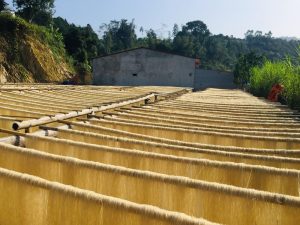
“Mien dong” from Bac Kan is crafted using solely the starch extracted from arrowroot tubers. The resulting “mien dong” fibers exhibit a natural grayish hue, reminiscent of the color of arrowroot sap. Through a process of non-chemical bleaching and dyeing, the noodle fibers retain the distinct color characteristic of arrowroot vermicelli. Produced through the traditional expertise of ethnic communities, “mien dong” boasts fibers that are resilient and exude a unique aroma. These vermicelli fibers maintain their integrity and resist becoming loose or disintegrating, even after cooking and cooling, ensuring a satisfying texture and presentation.
It is a type of vermicelli made from arrowroot tubers, a staple crop extensively cultivated by Ethnic people in Bac Kan province, around their villages. Arrowroot tubers are a familiar food item for many, known for their high nutritional content and numerous health benefits.
The specialty is not only consumed by local people, but also has been exported to many foreign countries.
Conclusion
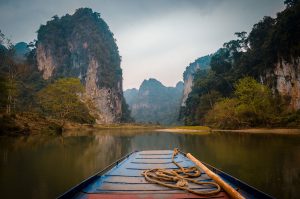
While Ba Be National Park has garnered attention in numerous newspapers, magazines, forums, and blogs, nothing can compare to the firsthand experience of its enchanting landscapes, pristine waters, and vibrant local culture. Journeying to Ba Be National Park offers a genuine off-the-beaten-path adventure, as it remains relatively undiscovered by travelers exploring Northern Vietnam. Hop on this journey with TripAsean to indulge in hiking, swimming, and immersive homestay experiences amidst one of Vietnam’s most stunning parks. Our team of Vietnamese travel consultants is also available to craft a tailored itinerary, complete with transportation and accommodations, ensuring a seamless and unforgettable adventure.
For more information, please visit the https://tripasean.com/ website or email us at info@tripasean.com.



